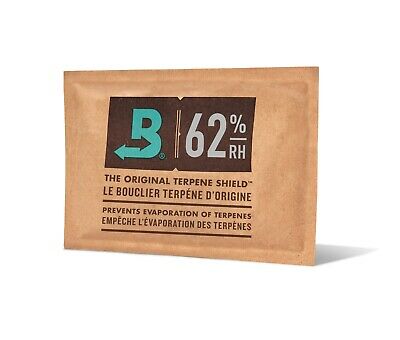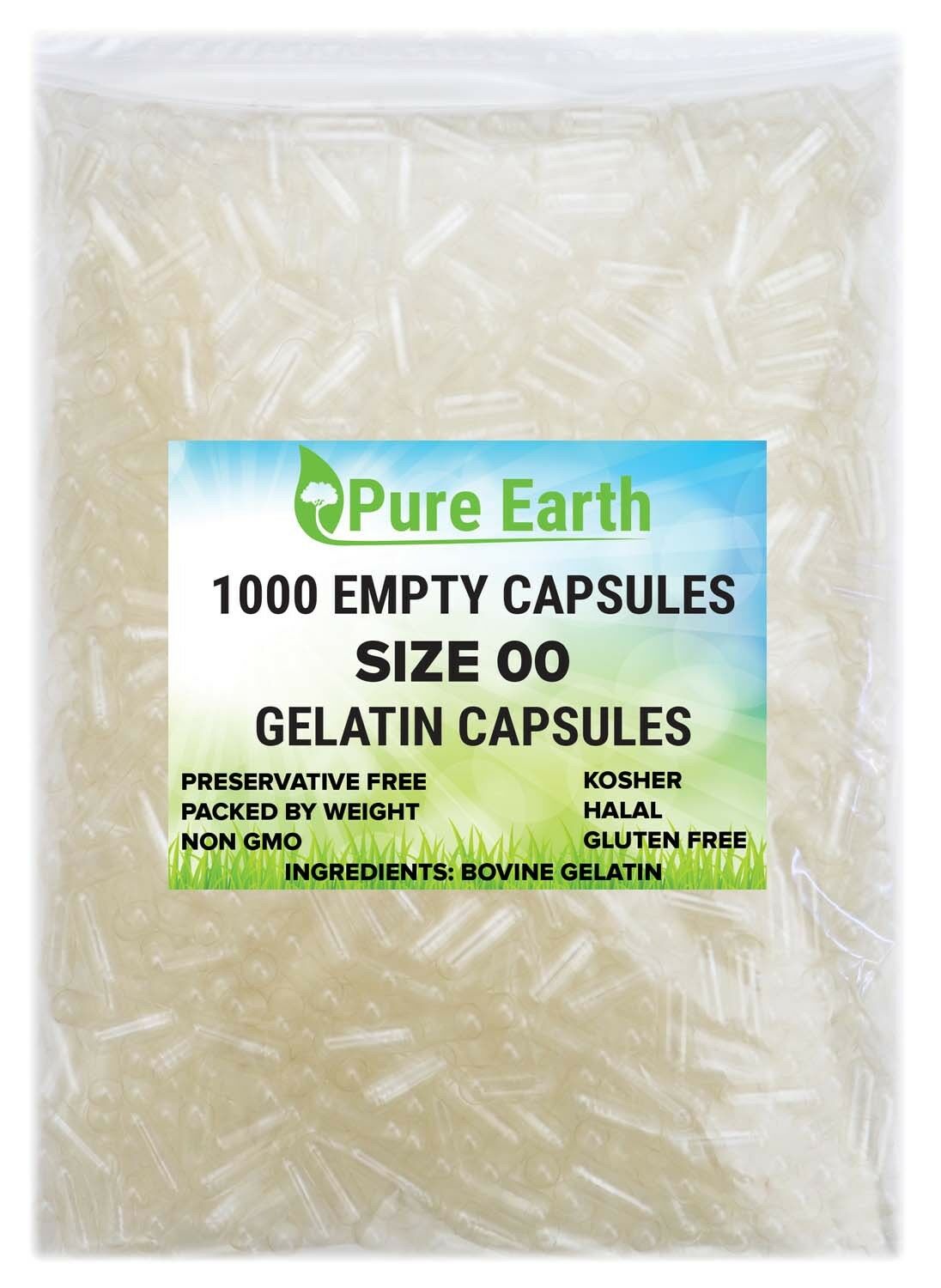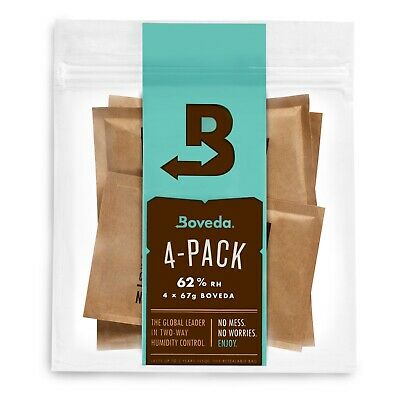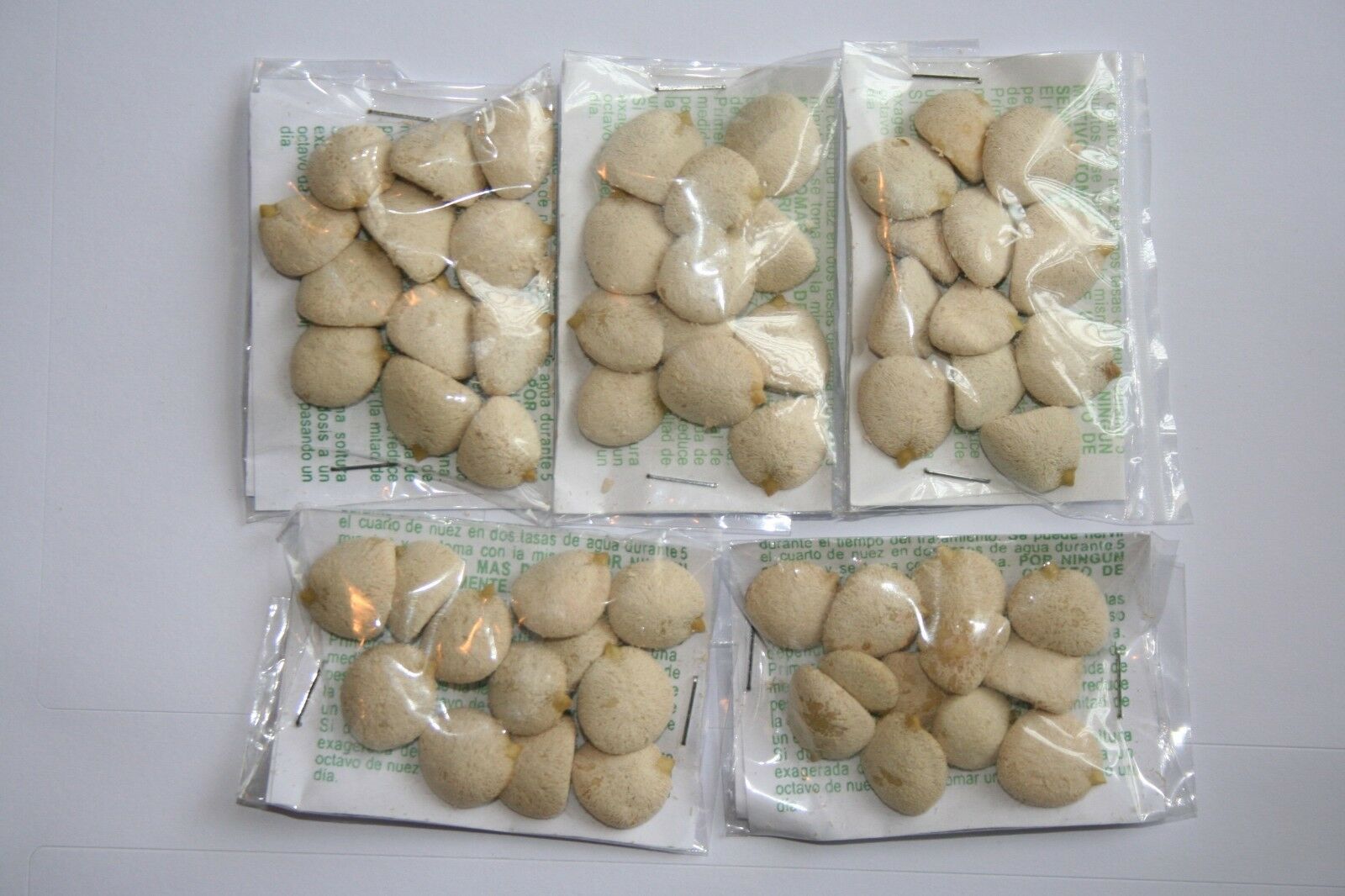-40%
1 oz. Oregon Grape Root (Mahonia aquifolium and nervosa) Organic & Kosher USA
€ 0.88
- Description
- Size Guide
Description
Common NameStandardized: Oregon grape
Other: holly-leaf barberry, mountain grape, Oregon grapeholly, Oregon barberry
Botanical Name
Mahonia aquifolium
(Pursh) Nutt. and
Mahonia nervosa
(Pursh) Nutt.
Plant Family:
Berberidaceae
Synonyms
Berberis aquifolium
,
Berberis nervosa
Overview
Introduction
Oregon grape is native to western North America and is particularly prominent in the Pacific Northwest as the name suggests. The Oregon grape is a bushy, flowering perennial with shiny, holly-like leaves. It is commonly found in mountainous regions and adapts easier to its environment than the closely related barberry.
The leaves of Oregon grape are dark green and prickly, turning orange and eventually brilliant red after a few years of aging. The plant reaches between two and six feet in height and produces small blackish-blue berries that resemble tiny grapes. These berries are edible but not palatable, possessing an intensely tart flavor that herbalist Michael Moore compares to sucking simultaneously on a Vitamin C tablet and aspirin.
Constituents
Oregon grape root contains berberine, also found in barberry, coptis, and goldenseal. The herb also contains phytochemicals with similar activity, including columbamine, hydrastine, jatrorrhizine, oxyacanthine, and tetrahydroberberine, as well as tannins. It does not contain the range of nutrient vitamins and minerals found in barberry.
Parts Used
Root
Typical Preparations
Topical creams containing 10% tincture of Oregon grape root. Also used as tea, tincture and it may be administered in capsule form. Proper dosage is important:
Tea
: 1 to 2 grams (1/2 to 1 teaspoon) of dried root steeped in 150 ml (approximately 2/3 of a cup) of hot water for 10 to 15 minutes three times daily. This is not the same dosage as for the chopped herb.
Tincture
: 3 to 6 ml. (1/2 to 1-1/2 tsp) three times daily (but no more than three doses of any kind of Oregon grape root product per day).
For skin disorders
: 10% tincture in ointment, applied to the skin three times daily
Summary
The golden yellow root of Oregon grape is commonly harvested as a medicine, and is sometimes substituted for goldenseal, as the two herbs have similar constituent properties. Oregon grape has been clinically shown to support certain skin irritation when used externally. It is also traditionally used as a bitter tonic to stimulate digestion and externally for its antimicrobial properties. The active constituents in Oregon grape root have shown substantial antimicrobial and antifungal activity in vitro, though these activities are unproven in human trials.
Precautions
Specific:
Not for use in pregnancy except under the supervision of a qualified healthcare practitioner.
General:
We recommend that you consult with a qualified healthcare practitioner before using herbal products, particularly if you are pregnant, nursing, or on any medications.
For educational purposes only This information has not been evaluated by the Food and Drug Administration.
This information is not intended to diagnose, treat, cure, or prevent any disease.










